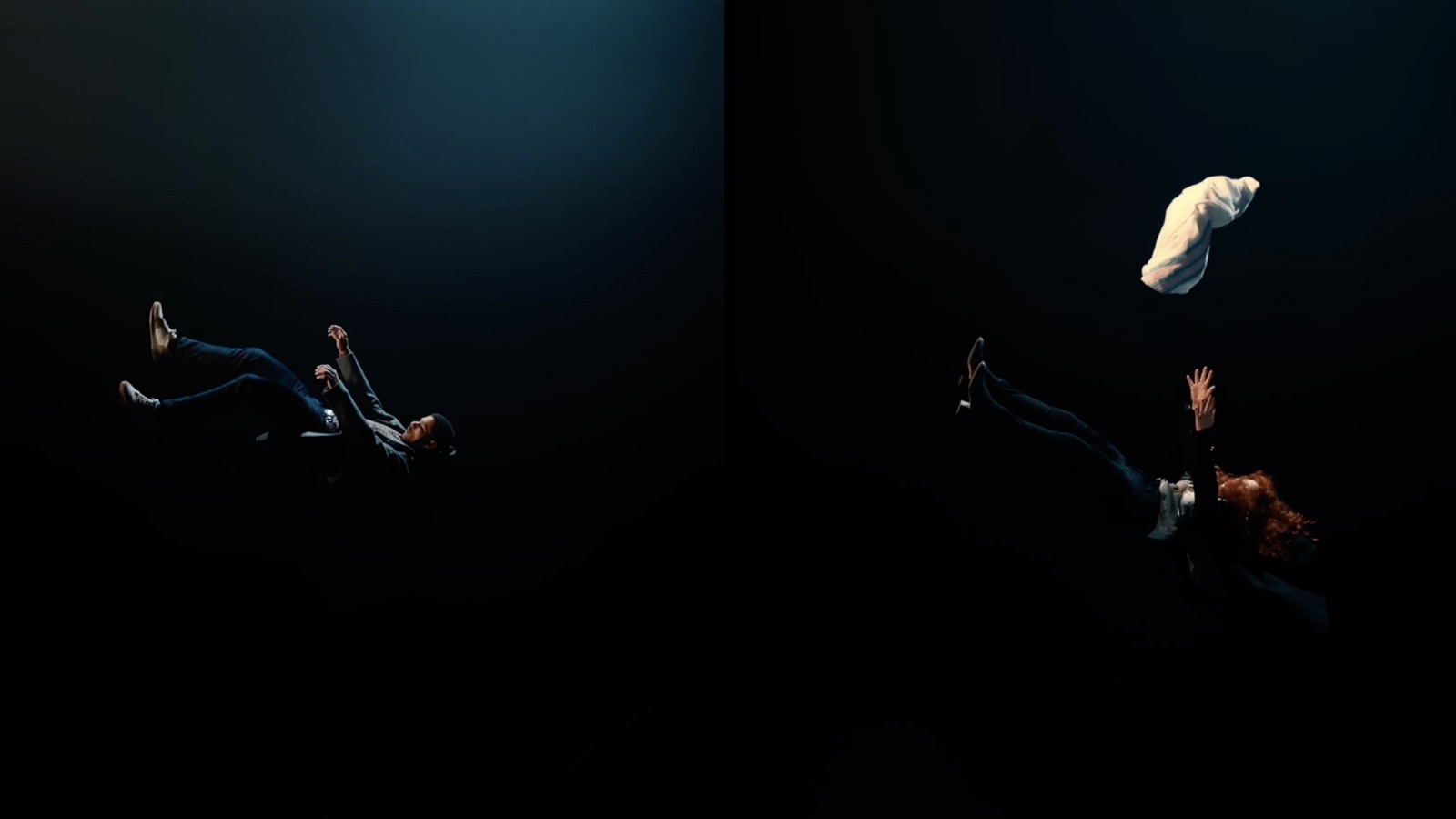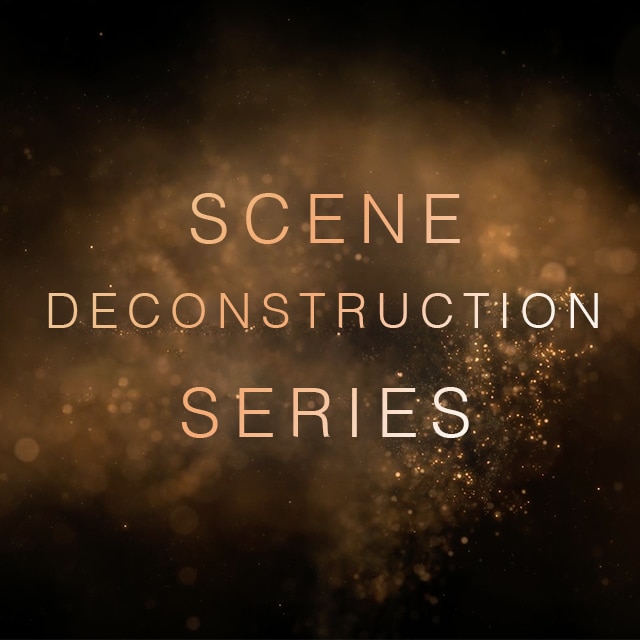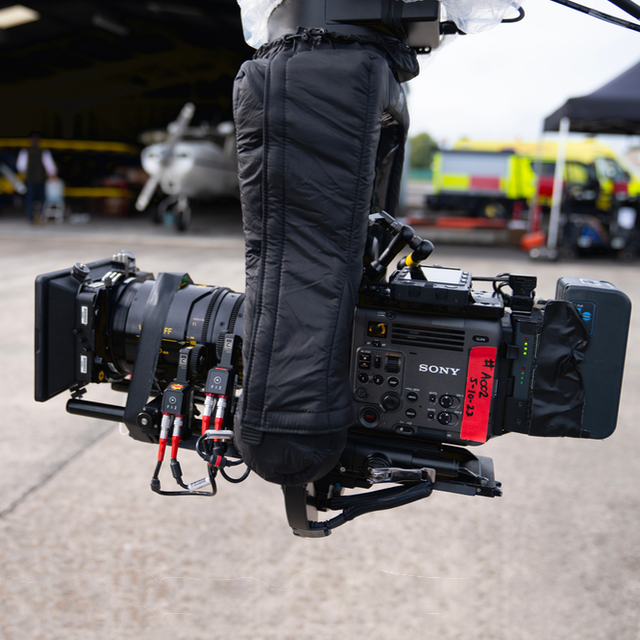Scene Deconstruction with Ula Pontikos BSC
Deconstructing key scenes from Russian Doll – an award-winning Netflix TV series.
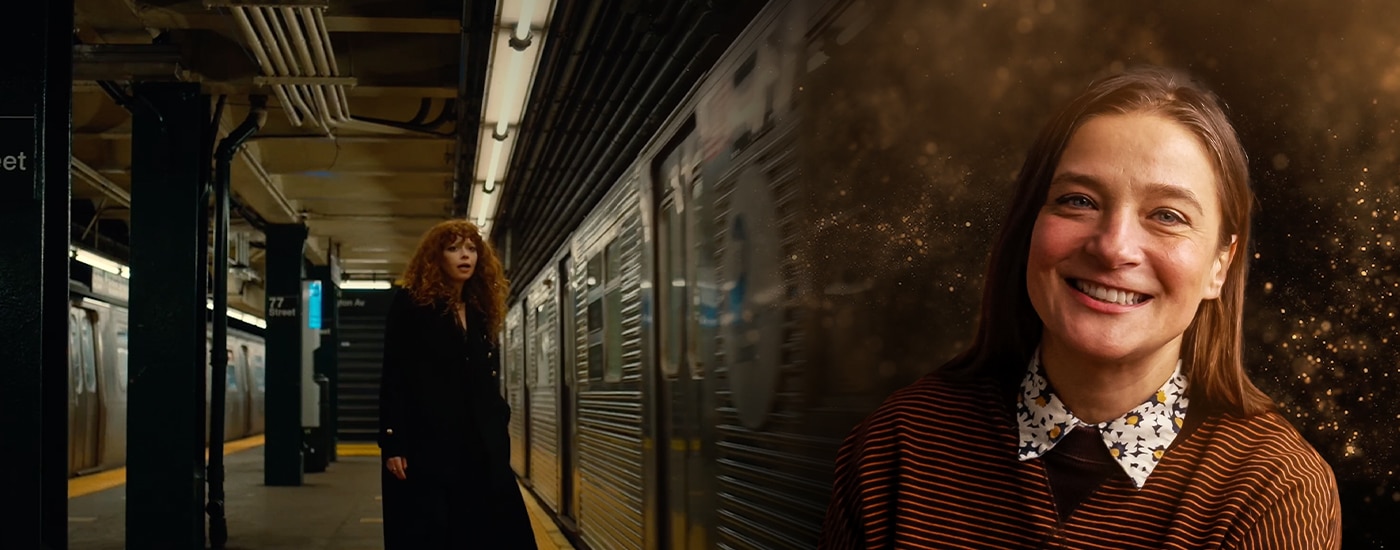
Introduction
Originally from Poland and a graduate of the London Film school, Ula Pontikos BSC is a highly regarded cinematographer. Her first feature Weekend picked up over 20 international awards. Since then, she has worked on a wide range of features, television dramas and commercials.
Shot using Sony VENICE, Russian Doll is an acclaimed Netflix TV series which won a 2019 Emmy Award for Outstanding Cinematography for a Single-Camera Series (Half-Hour). Set in New York, it follows the strange tale of Nadia Vulvokov, who in the first season repeatedly dies and relives the same night over and over. In the second season, she finds herself transported back in time where she tries to repair her family mistakes. In this deconstruction Ula talks about some of the key scenes from the second season.
Scene Deconstruction: Key Insights
- The Sony VENICE’s ability to shoot with either a Full Frame sensor scan or a Super 35mm scan can be used to create different looks for different elements of a production without needing to use different cameras.
- By using different lighting schemes or different colour palettes you can help the viewer understand where you are in a film’s timeline.
New York Scene
In New York Nadia jumps back in time to the 1980’s and Ula wanted to create a strong and immediate feeling of being back in the 80’s. A lot of the shots take place on the New York subway, with shots on trains, in the stations and outside the stations.

To help differentiate between the current day modern footage and the period footage Ula chose to take advantage of VENICE’s ability to shoot at different resolutions. For the modern footage 6K Full Frame was used and for the period footage 4K Super35 was used.
The smaller sensor scan size help Ula to shoot with a deeper depth of field for the period content where the aperture was never larger than f2.8.
The lenses she used were rehoused vintage Baltars from the 1930. Ula describes the bokeh of these lenses as “imperfect but incredible” and she felt that this combined with the deeper depth of field worked very nicely for her. She also considers that sometimes when working with vintage lenses it’s better to have a sharper sensor to help offset the lenses softness.
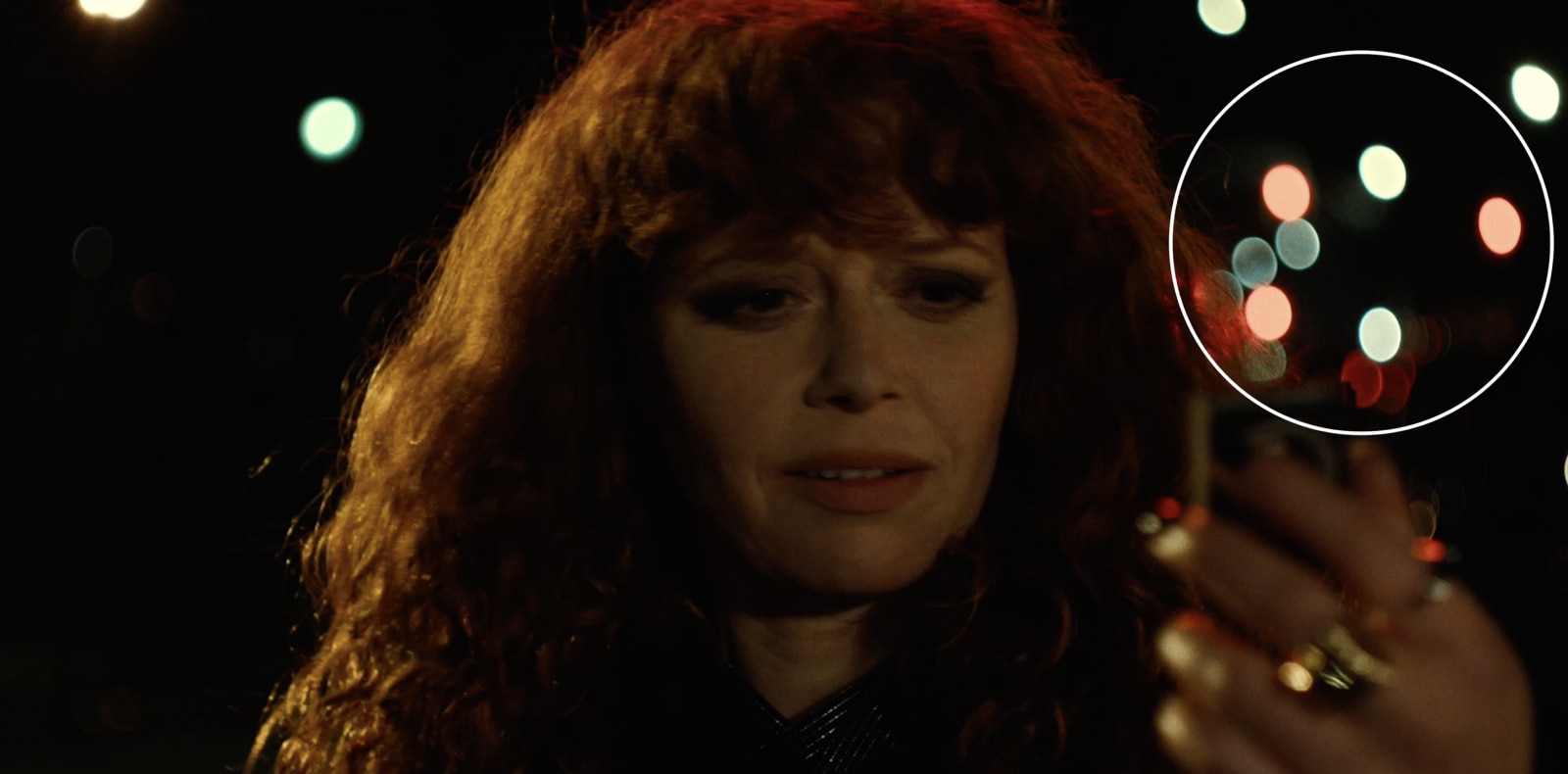
Ula feels that modern LED lights have a different look to older lights, so to get the 1980’s feel that she wanted she used a lot of period practical lights such as neon signs as well as tungsten lights with softboxes or ziplights. For the modern, current time footage Ula used a more contemporary LED lighting package.
Hospital Scene
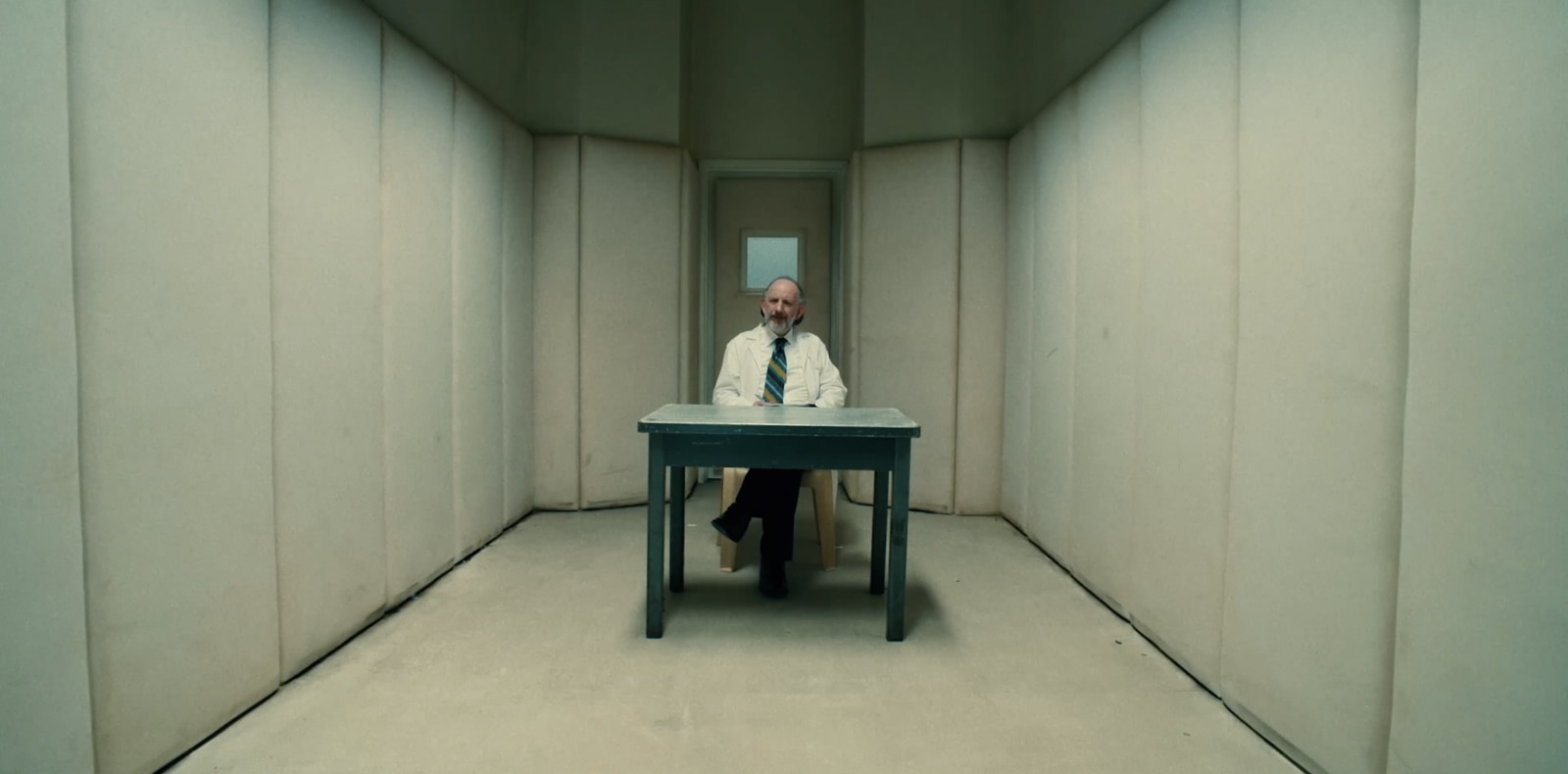
Ula explains how for the shots that takes place in the padded hospital room a very long set was built. The doctor in the scene was placed at one end of the room close to the entry door. While to start with, Nadia was placed at the opposite end close to the wall. To highlight Nadia’s mental state her chair was placed on a dolly with the camera facing her. Then the dolly with chair and camera tracked towards the door, so the room appears to expand in the background. For the reverse angle a conventional dolly shot tracks back away from the doctor, both shots together creating quite a disturbing feeling.
Ula describes the lighting for the scene as very simple comprising of an overhead lighting rig using soft fill from above.
For the shots where Nadia jumps out of a hospital room window, the hospital room shots were filmed on location while the shot of Nadia landing on the ground outside was shot in a studio.

DMT Scene
In this complex sequence we see Nadia in a dimly lit room as a large bed comes up from behind her and then Nadia appears to travel though the bed and then ends up in a large, dark volume of water.

Ula describes how original they had intended to shoot the bed on location but because of the complicated and tricky VFX combinations the scene was broken down into separate elements. For the bed effect Nadia was shot against a green screen so that the bed could be composited in behind and around here.
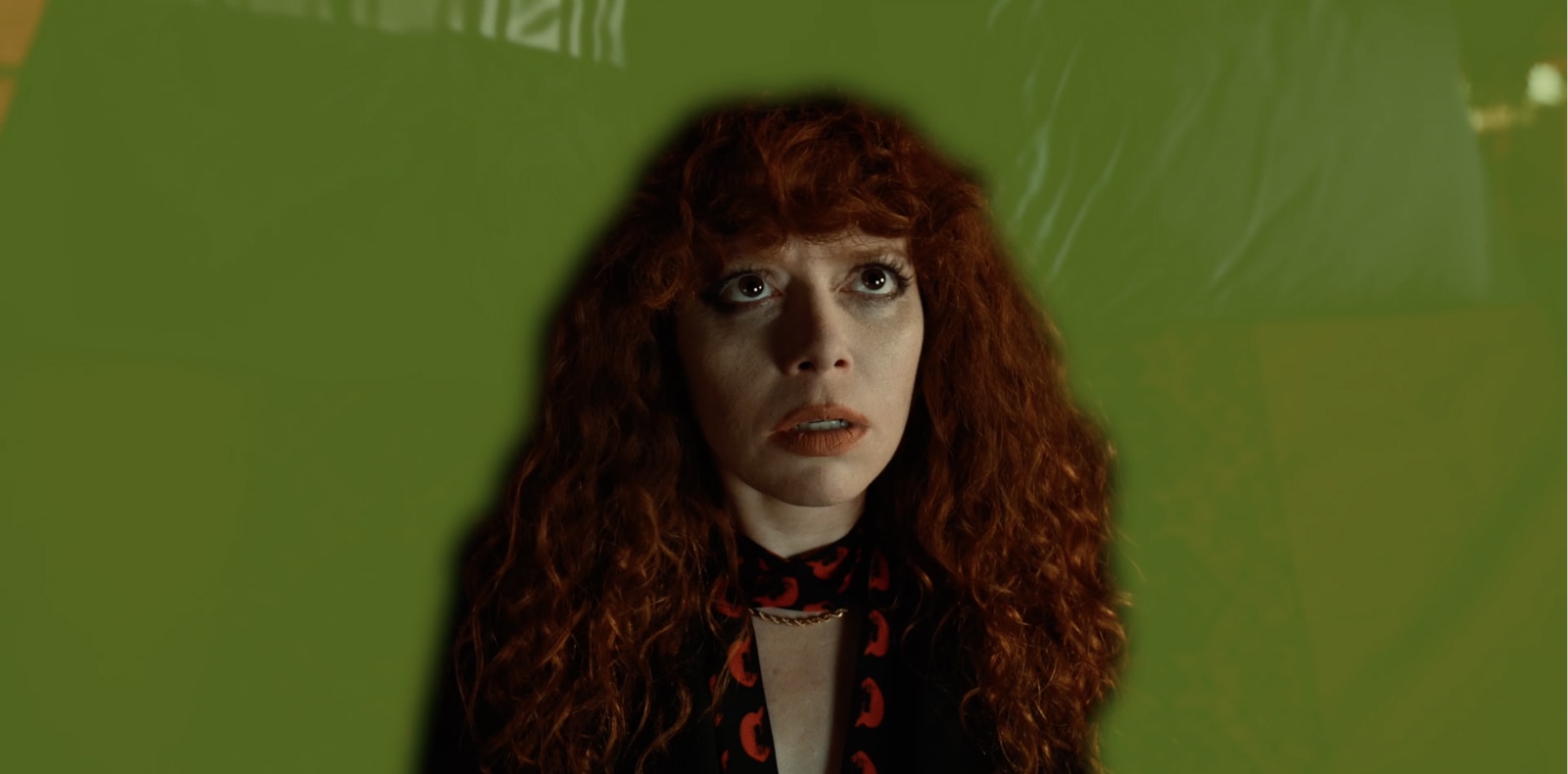
Devan Catucci who is an incredible Steadicam operator... he was just floating this camera around the actors... I just remember having goose bumps when he filmed it... it just worked so well and we had so much fun.

Parts of the DMT sequence were shot on location in New York, some parts in a bunker, some parts on the subway and strobe lighting was also used. To tie all the different elements together Ula chose to use a unique green and purple colour scheme just for this sequence. There is a sequence inside some dark tunnels where the camera rolls around and moves amongst people that are dancing, lit only by flashing green and purple lights. This was shot with a Steadicam AR with the VENICE camera set to 19 frames per second. It was lit using a row of Astera tube lights in the ceiling set to flash either green or purple. When the footage was then played back at 24fps the slight speed up exaggerated the flicker effect of the lights.
The Warehouse Scene
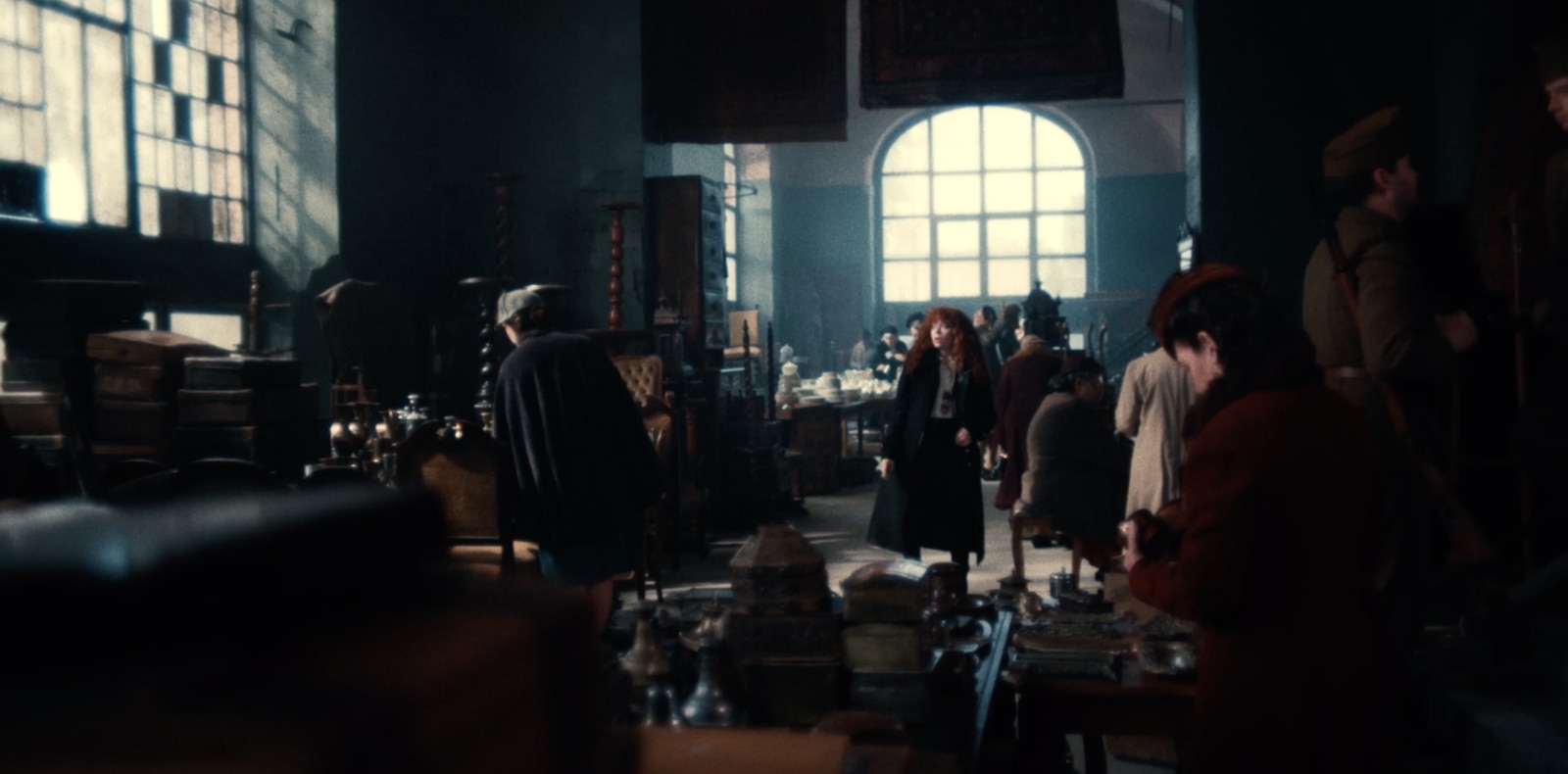
This scene takes place in a large, old, warehouse. Ula says she really had to plan for this day as there was a risk of running out of light, especially at the downstairs level. For the downstairs level she used a bank of five 9K lights punching down onto the floor through small windows along one side of the long warehouse storeroom. These created shafts of intense light in the otherwise dark interior.
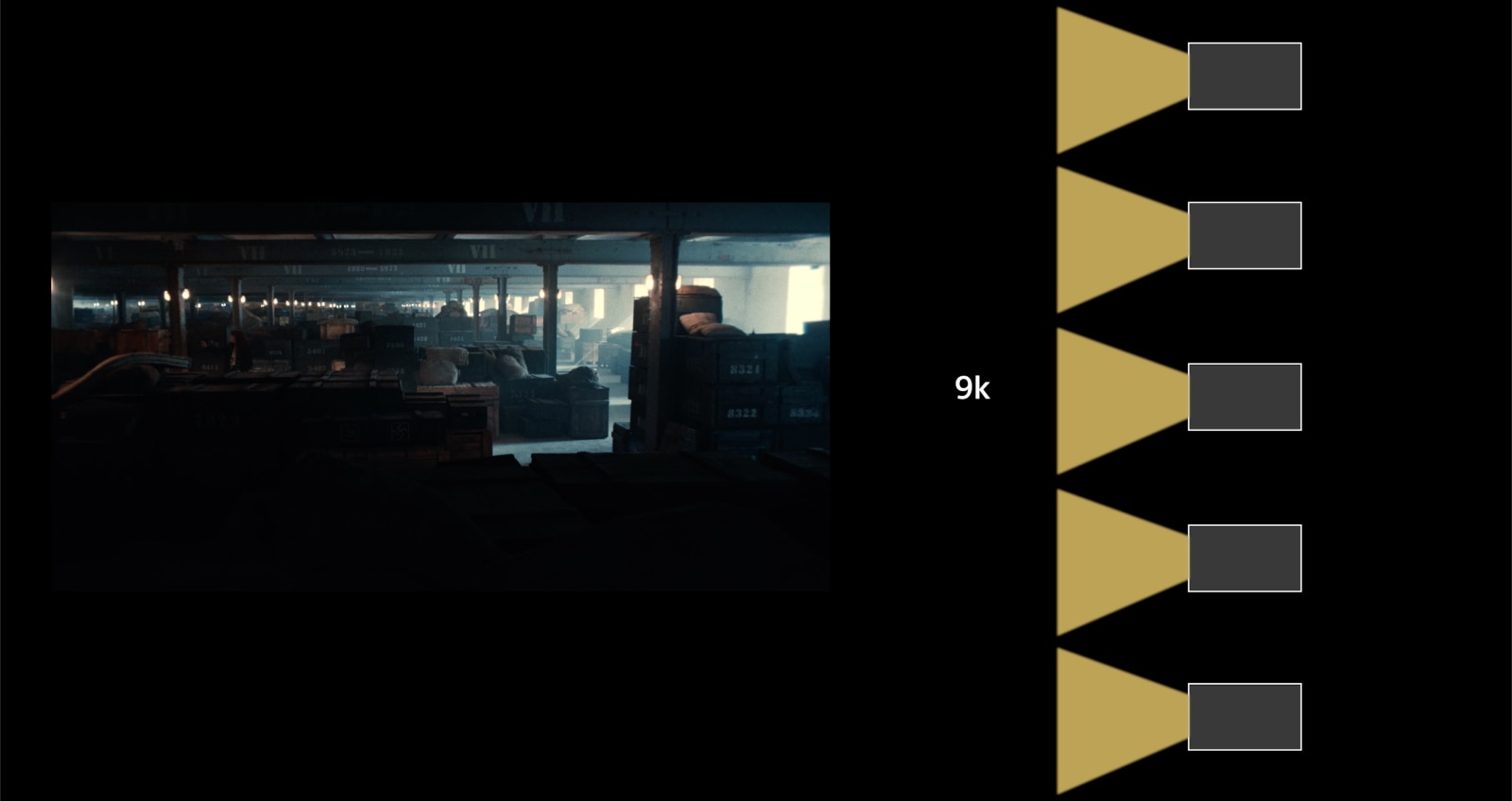
Ula says that sometimes you can really find yourself fighting against the schedule. You want to walk into a pre-lit set but it doesn’t always work and TV dramas can often be a compromise between the look that you have in mind and the schedule and it can be a constant battle to get it right.
Cistern Scene
This is another very complex scene. In this case involving a collision between a subway train, Nadia and another character Alan. The train shots were done on location. The original overhead lights in the tunnel were turned off and Ula added her own accent lights using a blue and red colour scheme.

To create the sense of a train rushing towards the characters she placed a couple of 5K lights on a tack and dolly and then tracked the dolly towards the camera.
After they are hit by the train, we see the actors falling through space and this was done in a studio using a wire rig for the actors. Next, we see two shots of the same space side by side as Alan and Nadia fall through a hole into water below, these are CGI composites with the red theme continuing for Nadia and the blue theme for Alan.
Then we see separate shots of Alan and Nadia in the water of the underground reservoir. Because of safety concerns Ula couldn’t use normal lights on stands for these shots but she did some diffused soft lights on floating pontoons that she used for a wraparound light as well as some lights the equivalent of Astera’s in waterproof cases that she used for eyelights.
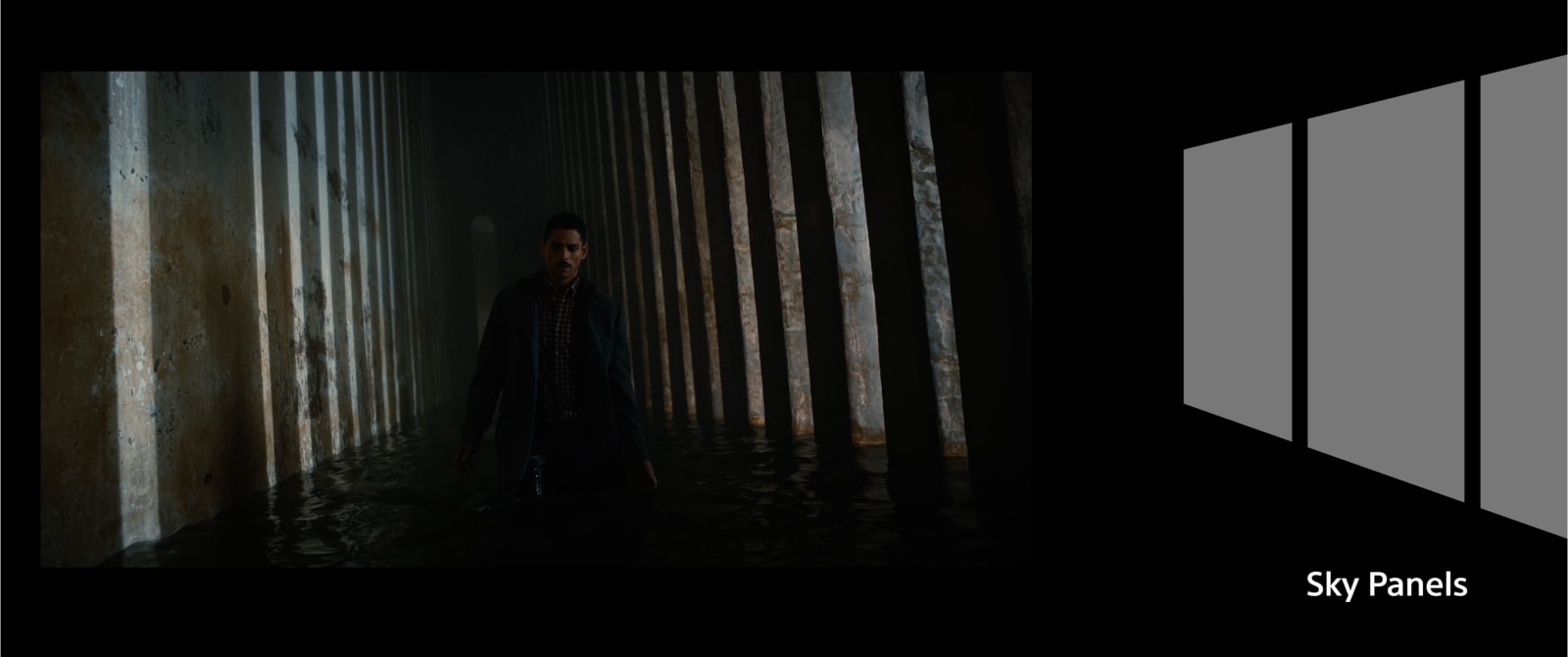
In another part of the scene, we see Alan walking in the water, passing through shafts of light coming through vertical columns. For this Ula used Skypanels behind the columns. Then we see Nadia walking down a corridor towards the camera and for this Ula placed the Skypanels behind Nadia to create strong silhouettes.
I fallen in love with the camera because there is something about the sensor where it is more defined, you get a better separation of colours.
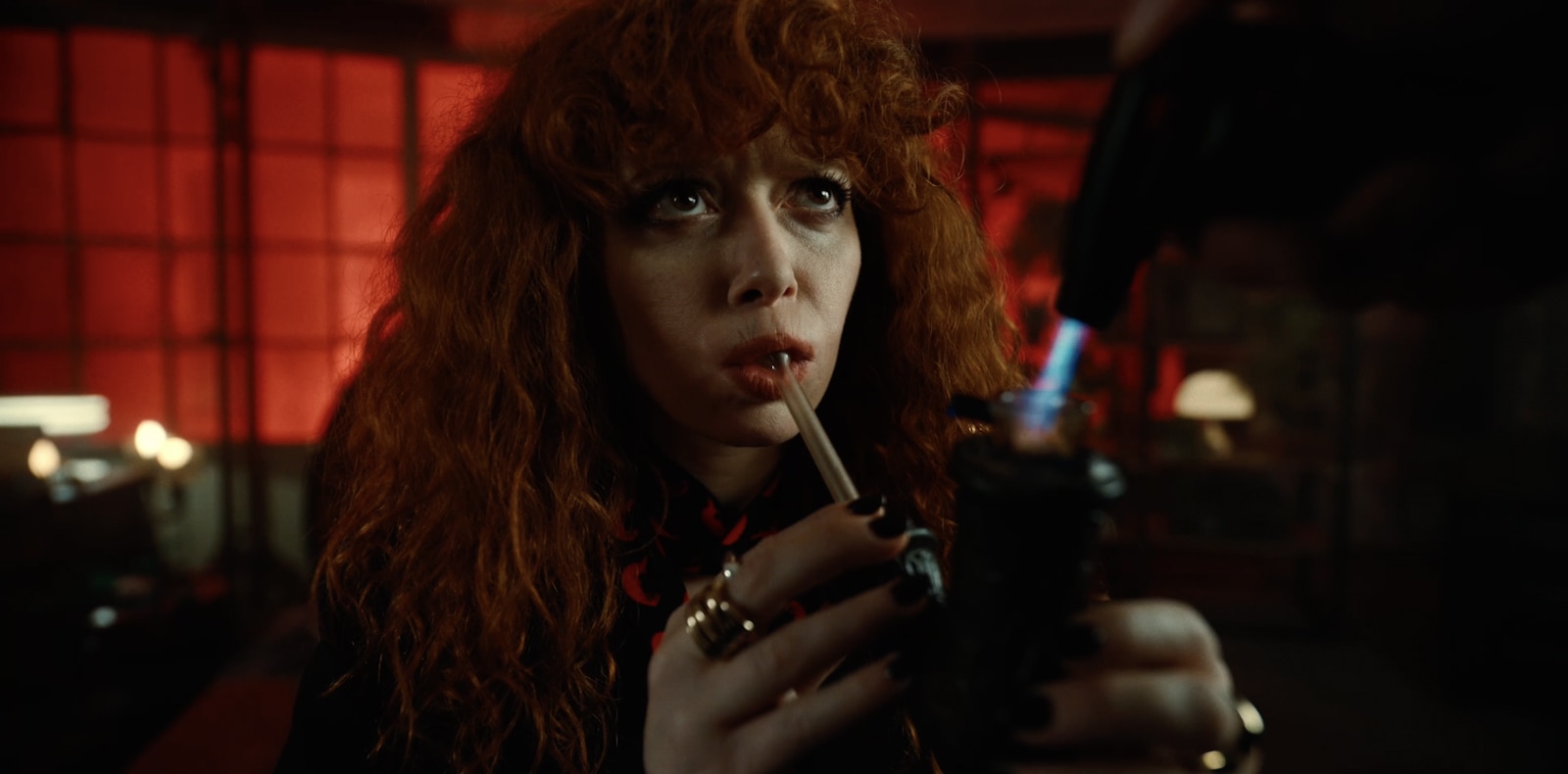
Ula has been working with Sony cameras for quite a while, but she says that for every project she has the same conversation, what camera should I use and what lens should I use? At the same time, she says that she has fallen in love with the Sony VENICE because there is something about the sensor where it is more defined and gives better colour separation. For Russian Doll, Ula really wanted the flexibility of using two different sensor sizes, one for each time period so for her ‘it was a no brainer’ and she felt that the Sony VENICE was the perfect camera for the project.
